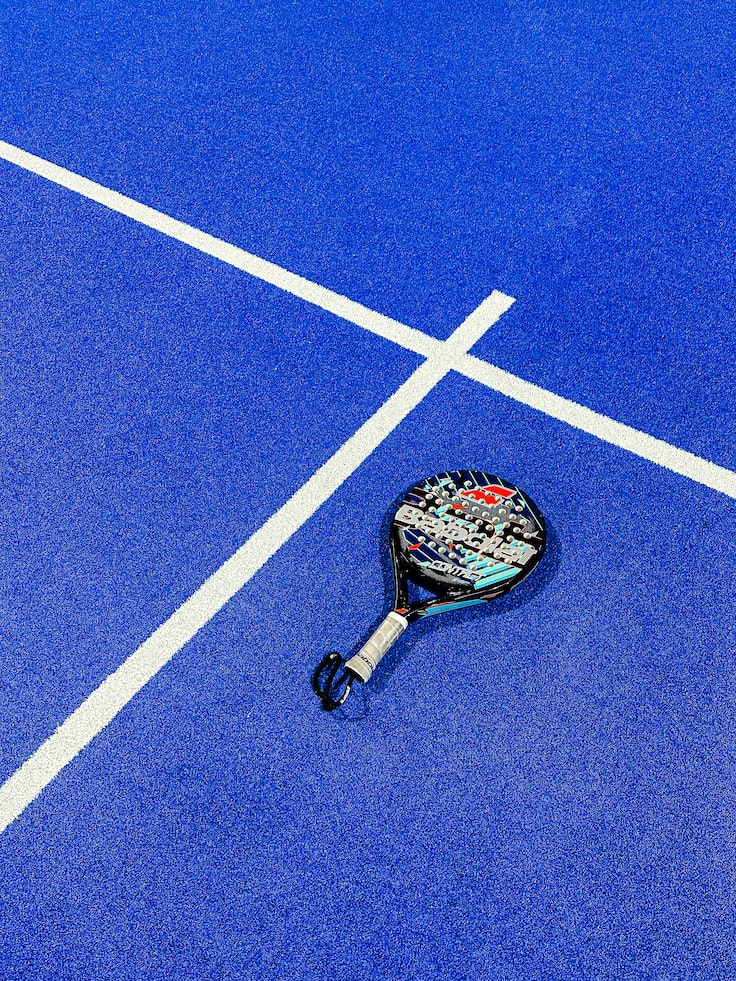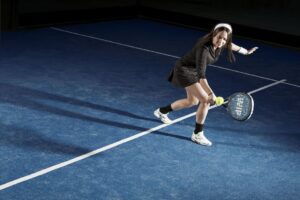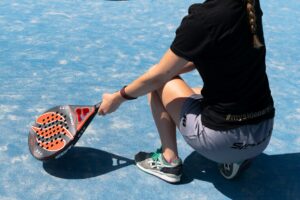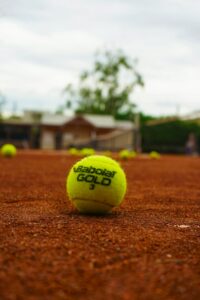Padel Court Surface Adaptation: Understanding the Differences and Making the Most of Them
3 min read
Padel Court Surface Adaptation: Understanding the Differences and Making the Most of Them
Are you a padel enthusiast looking to improve your game? One essential skill you need to master is adapting to different court surfaces. Just like in any sport, the type of surface can greatly impact your strategy, technique, and overall performance. In this article, we’ll dive into the world of padel court surfaces and explore how to effectively adapt to them. So grab your racket, tighten your grip, and let’s get started!
Grass Courts: Where Padel Meets Nature
If you’re lucky enough to play on a grass court, consider yourself in for a treat. Grass courts provide a unique playing experience in padel, similar to the sensation of playing tennis on Wimbledon’s hallowed grounds. The surface is sleek, fast, and allows for some impressive shots. To adapt to a grass court, focus on precision and agility. The ball will skid and bounce lower, so you’ll need to bend your knees and stay light on your feet. Additionally, grass courts tend to be slippery, so be careful with your movement and adjust your footwork accordingly.
Clay Courts: The Realm of Sliding Shots
Step onto a clay court, and you’ll discover a whole new world of padel. Clay provides a slower pace, more bounce, and the possibility of sliding maneuvers. To adapt to a clay court, embrace the art of sliding. It’s essential to wear proper footwear with a robust grip, allowing you to slide smoothly during lateral movements. Sliding shots can give you an advantage, as they allow for better recovery and positioning. Moreover, clay courts demand patience and precision, so focus on your shot placement and use topspin to manage the higher bounce characteristic of this surface.
Artificial Grass Courts: The Hybrid Experience
Artificial grass courts, also known as artificial turf, offer a middle ground between grass and clay. They combine the smoothness and speed of grass with the slightly higher bounce and stability of clay. Adaptation to this surface requires finding the right balance in your playstyle. You can inject more power into your shots compared to clay, but remember to maintain control. Due to the consistent bounce, positioning becomes crucial, so work on your anticipation and footwork to get into the best possible position for each shot.
Concrete Courts: The Urban Jungle
Concrete courts, frequently found in urban areas, present a unique challenge to padel players. The hard, abrasive surface can be unforgiving, but with the right approach, you can excel. Adaptation on concrete courts is all about shock absorption. Ensuring you have a quality padel racket with a comfortable grip and proper shock absorption features will make a significant difference. Additionally, focus on accuracy, as the ball tends to bounce more predictably on this surface. Make sure your shots are well-calibrated and take advantage of the surface’s consistency to strategize and dominate the game.
Conclusion: Adapting to Different Court Surfaces in Padel
As a padel player, understanding and adapting to different court surfaces is a vital aspect of honing your skills. Whether it’s the sleekness of grass, the sliding potential of clay, the hybrid experience of artificial grass, or the solid consistency of concrete, each surface presents unique challenges and opportunities. By mastering the nuances of each surface and adjusting your technique, footwork, and strategy accordingly, you can gain a competitive edge. So, put these tips into practice, get out there, and dominate the court with confidence!







